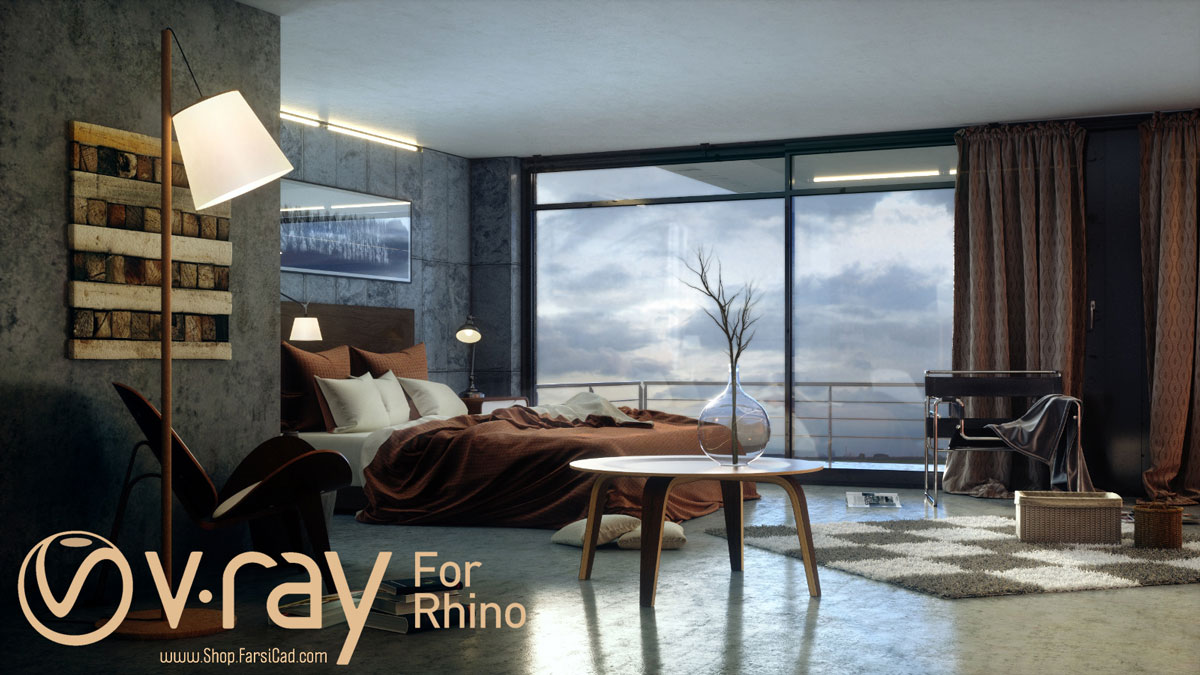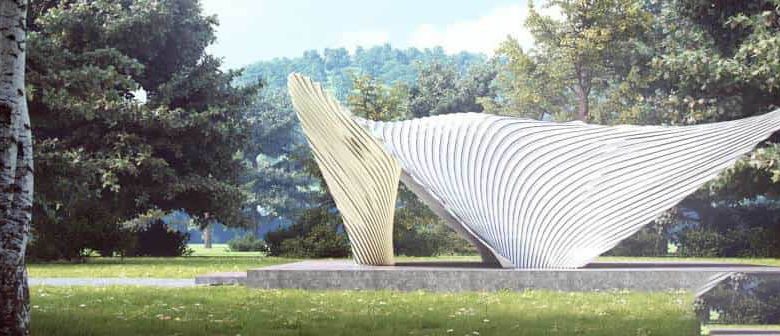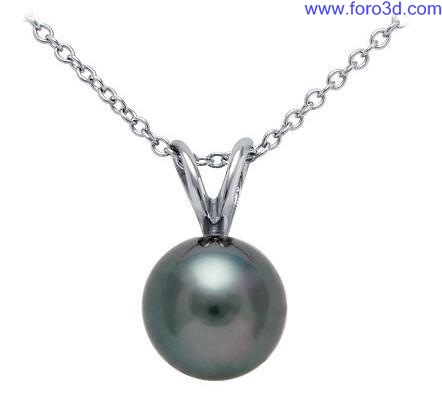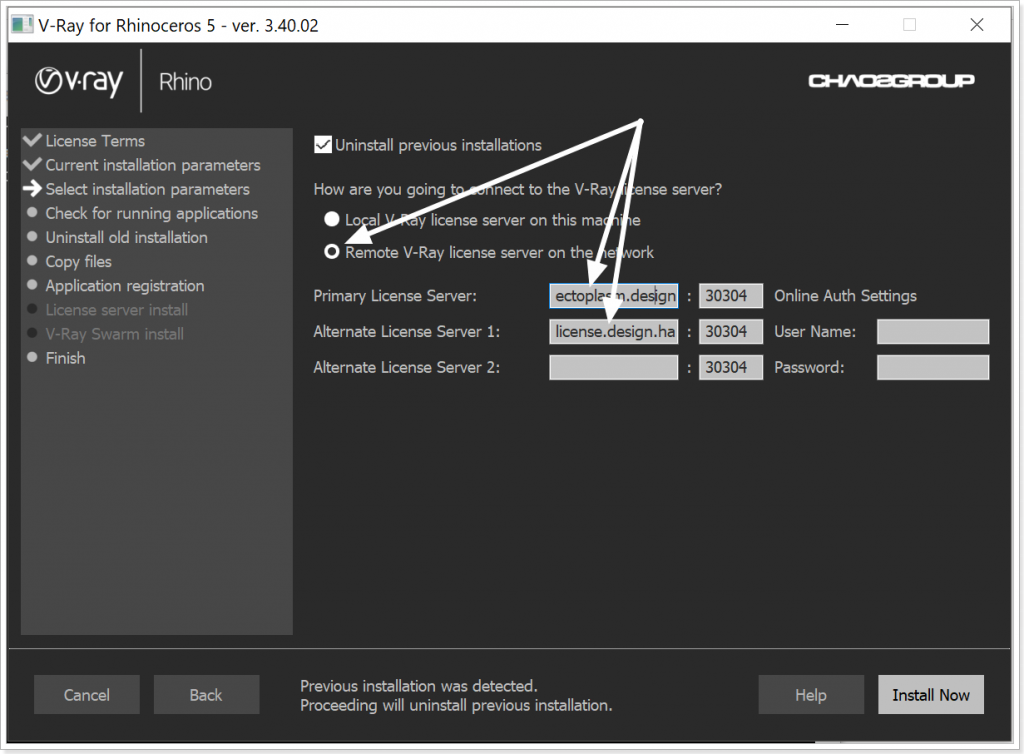


The amount by which it’s blurred is being determined by the Roughness value in the Reflections area. If the Frosted Glass checkbox is enabled, Enscape will blur what’s visible through the transparent surface.

You know this effect from looking at a glass of water, or very thick glass.Īir has a refractive index of 1.0 – so light rays travel through it in a straight line -, water has an index of 1.33, window glass 1.52, and, for example diamonds have an index of 2.42 – they bend light quite heavily.įor further information on this topic, feel free to have a look at the Wikipedia article. The Refractive Index slider determines by which factor light is being bent when traveling through a transparent surface. This menu allows you to choose a color that should be added to any semi-transparent areas of your material. If you’re using it combined with a transparency map, it will define the maximum opacity, so white areas on said map will appear as opaque as you’ve set using this slider. The Opacity slider controls the overall transparency of the surface. If you load a colored image, Enscape will automatically convert it to black and white, so you don’t have to worry about that. Grey areas will appear partially transparent, such as glass. It refers to the Opacity value, so a black area (which equals zero) on the image used will result in a close-to-perfectly transparent portion of the surface, while a white area will appear almost completely opaque. General I would prefer to use more options direct at the Raytrace options, for example the alpha contribution.The Texture parameter allows you to control the transparency using a 2D image, a map. Could it be possible to get a numerical input again?Īlso I miss at the wrapper to set an alpha value which ignores the base material alpha, best a numerical input, but for now "allways 1" is needed. At VfR2 I was able to set 100 and the transparent window was without alpha transparency. At the VfR Next wrapper material I can choose between 0/1/-1 only. I tested it at VfR2 and there I can set numerical values for the alpha contribution. I need no alpha at the windows so that the background is kept. With the V-Ray Wrapper material you have the option to control the Alpha Contribution and generally this is the recommended approach for most materials.įor more detailed information, please visit georgi.georgiev I'm looking for a way to get no alpha for a window glass material which I use at my train interiors.

Another workflow would be use the V-Ray Wrapper material and slot the material there. Specifically for an Emissive material, you could use the Raytrace Properties rollout as you have done already.



 0 kommentar(er)
0 kommentar(er)
